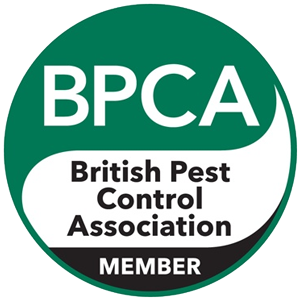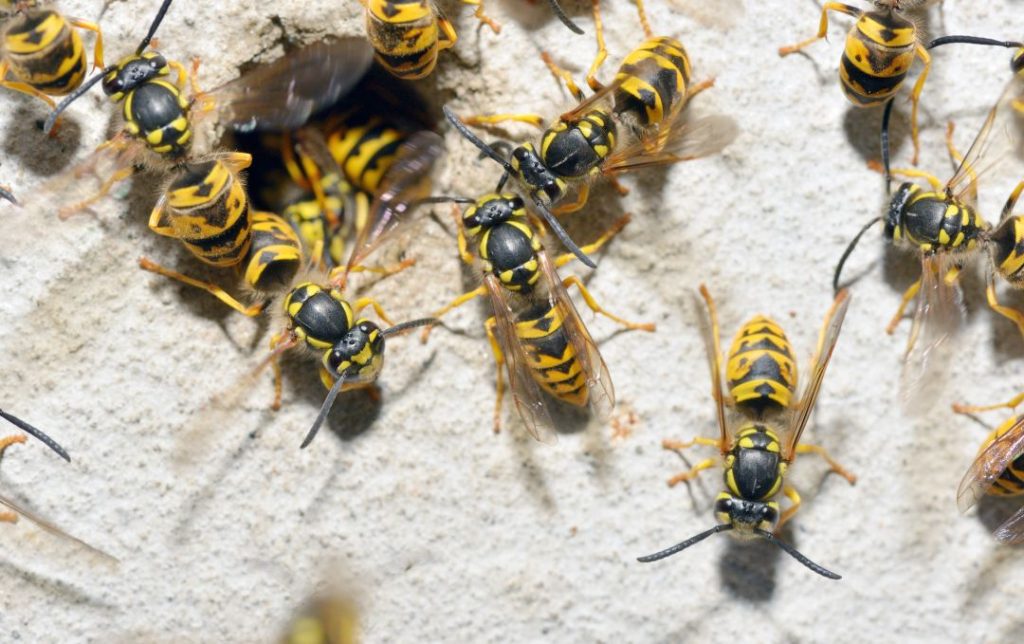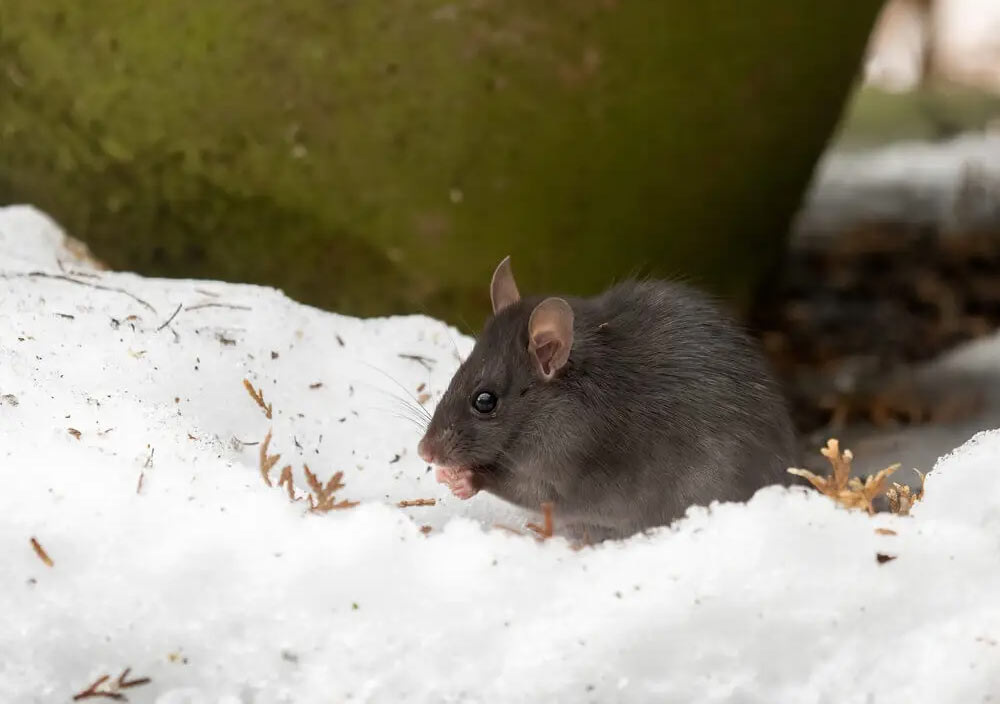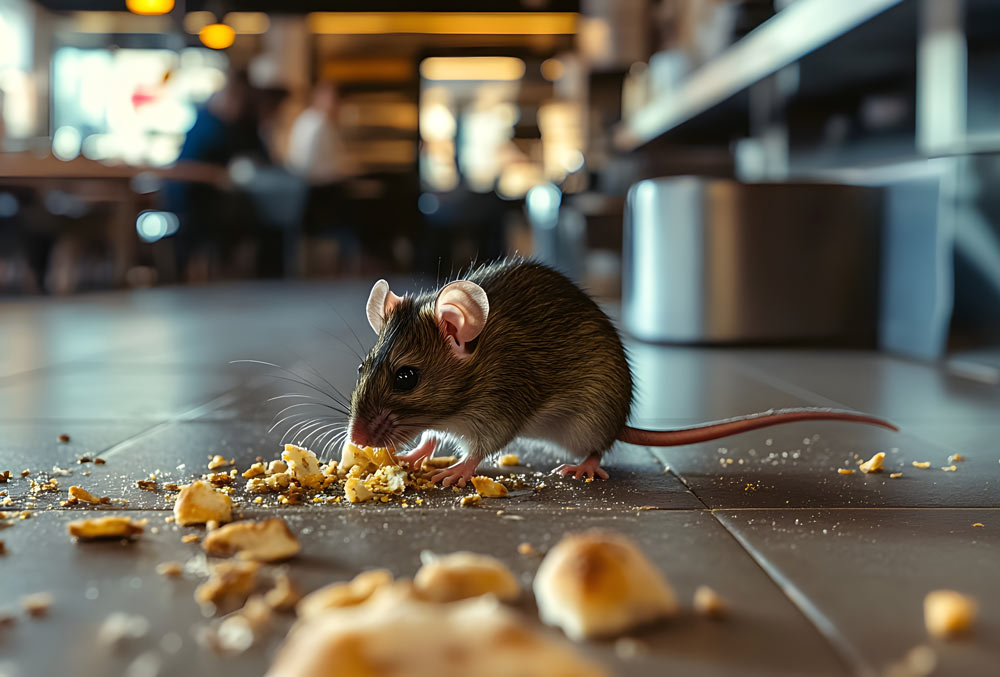With the arrival of spring, temperatures begin to climb, the days grow longer, and gardens burst into bloom. Unfortunately, this surge in warmth and greenery also coincides with an uptick in pest activity. Whether you’re a homeowner or a keen gardener, staying vigilant against seasonal pests is crucial for maintaining a comfortable, pest-free environment.
Why Pests Become More Active in Spring
-
Overwintering Behaviour
Many pests lie dormant or hide away in safe spots during the colder months. As soon as spring arrives, they emerge to feed and reproduce. -
Temperature Increase
When temperatures rise, insects and other creatures experience a metabolic boost, becoming more active in search of food and mates. -
New Food Sources
Fresh plant growth and blooming flowers attract insects, which in turn can draw predators or create larger colonies—posing problems for households and gardens.
Common Springtime Pests in the UK
Ants
Behaviour in Spring
Ant colonies become livelier as queens begin new cycles of egg-laying. Worker ants search far and wide for sugary foods to feed their expanding colonies.
What to Look For
- Trails of ants leading from doors or windows
- Small mounds of soil around cracks or paving
Potential Issues
Though largely harmless, ants can contaminate food sources and be a nuisance.
Wasps

Emergence of QueensQueen wasps emerge from hibernation, scouting for ideal nesting sites such as lofts, sheds, or under eaves.
Risk Factors
A wasp nest near entrances or busy areas of your home can lead to painful stings, especially if they feel threatened.
Tip: Early detection is key—removing a small nest is simpler and safer than dealing with a large one.
Cluster Flies
Seasonal Wake-Up
Cluster flies often hibernate in lofts or behind wall panelling during winter. Once the temperature rises, they head towards windows in search of sunlight.
Telltale Signs
- Large numbers of slow-moving flies buzzing around windows
- Clusters of flies in rooms that are rarely used
Clothes Moths
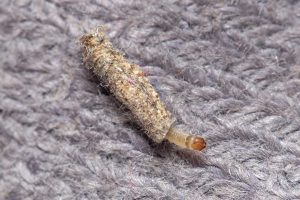 Fabric-Eating Larvae
Fabric-Eating Larvae
Adult moths lay eggs in wardrobes and on stored textiles. Their larvae feed on natural fibres like wool, silk, and fur.
Identifying an Infestation
- Small, flying moths around cupboards or wardrobes
- Unexplained holes in garments
Rodents (Rats and Mice)
Year-Round Concern, Springtime Spike
Though rodents can be an issue at any time, they become more active when outdoor food sources flourish.
Warning Signs
- Droppings in cupboards, lofts, or sheds
- Gnaw marks on furniture, cables, or skirting boards
- Shredded materials used for nesting
Signs of Infestations
Keeping an eye out for the following indicators can help you catch a pest problem before it spirals: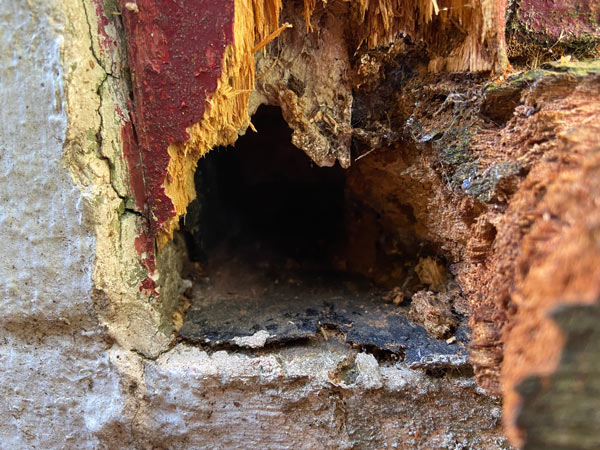
- Droppings or Tracks: A clear sign of rodents or insects that forage for food.
- Damaged Fabrics or Materials: Holes in clothing, upholstery, or curtains can signal moths or other fabric pests.
- Unusual Noises or Odours: Scratching in walls or lofts may point to rats, mice, or birds nesting.
- Visual Evidence: Swarms of insects, noticeable trails, or discovering an actual nest (e.g., wasp nest, ant hill).
Prevention and Control Methods
Seal Entry Points
- Block small cracks or gaps around doors and windows.
- Check loft vents and brick weep holes for potential openings.
Proper Food Storage
- Store dry goods in airtight containers.
- Clean up crumbs or spills immediately.
Regular Maintenance
- Clear gutter debris and standing water that may attract insects.
- Keep bins securely closed to deter rodents or wasps.
Professional Assistance
- For persistent or large-scale infestations, consult pest control experts.
- At Kwickill Pest Control, we offer tailored solutions to tackle your specific pest problem efficiently.

